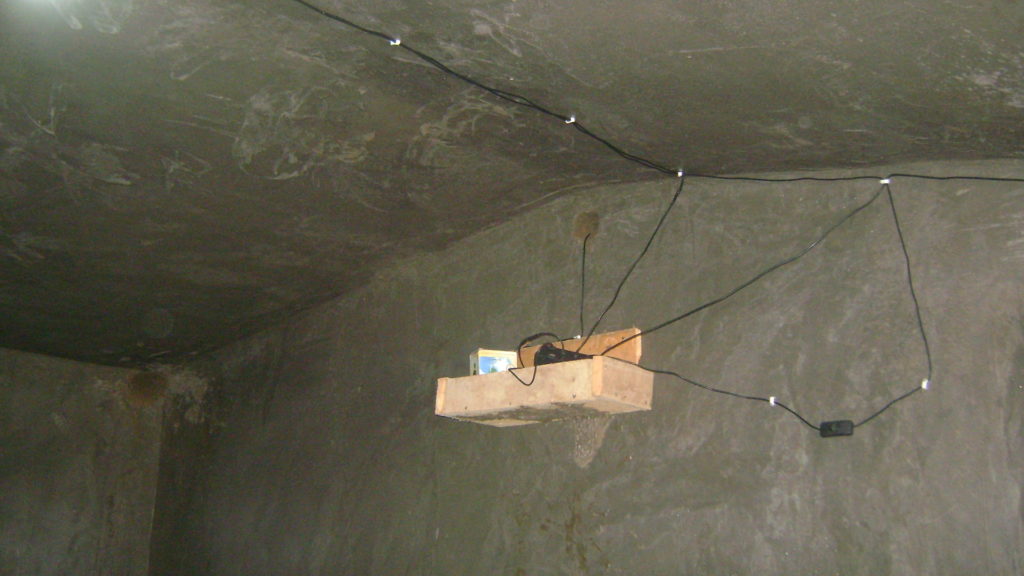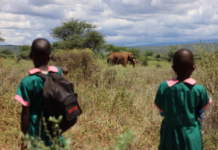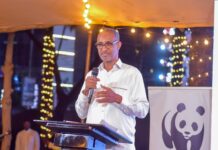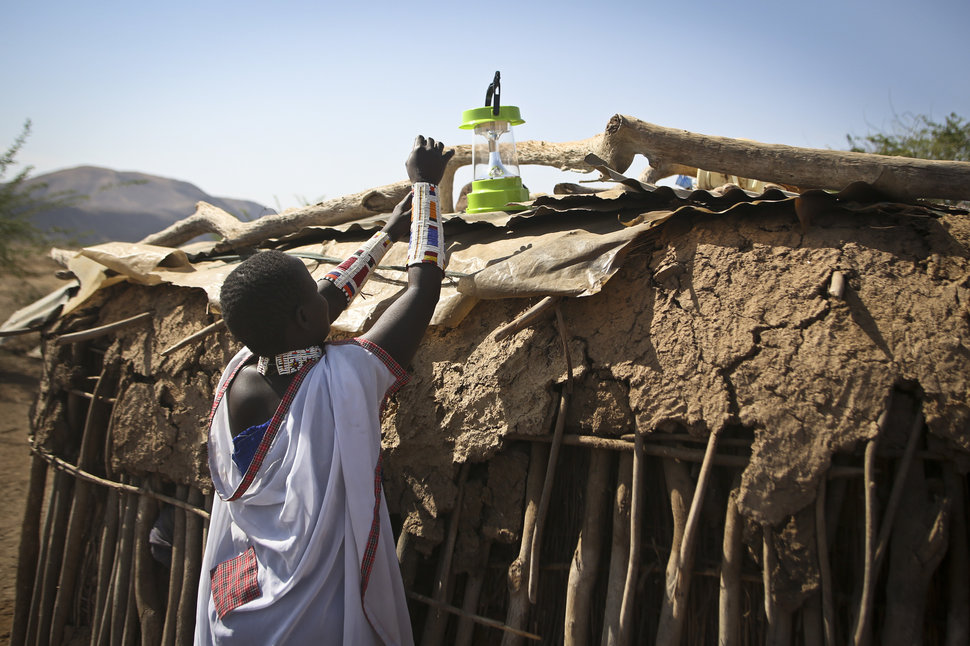
By Fred Deya
Kenya is one of the Sub-Sahara African Countries with huge clean energy deficit. More than a half of the population of the country lives off the grid. Solar power could be a solution.
A few kilometers off Nairobi- Kisumu high way rests Suswa town in Maasai land, a community that is known to be marginalized in Kenya’s history.
The town looks pretty with different styled story buildings including Maasai’s traditional houses (manyatta) that welcomes you in the plains of the town outskirts.
It is already dark in the evening. A gentle man holds a solar- powered lamp with an idea to keep off straying wild animals that could feast on their herds. The maasai community are nomads and their animals are dear to them.

In the current situation, the maasai land is the preferred centre of clean energy innovation most especially solar. Nkika Mtutua has got an experience.
The herder’s manyatta home looks almost similar to those of his neighbors. Inside his Eco Manyatta (improved Manyatta) are most of necessary households; including many hidden powers and sources of lightings are freely noticed.
The middle aged mans’s house is a “palace” on its own, equipped with solar panels that generate enough light for the homestead.
According to Mutua the distribution and installation of solar panels at his compound is his security boost and for his herd.
The Eco Manyatta was founded by a young Kenyan student (Nina Kosen ) few years ago. Therefore the solar panels and solar lamps distribution is key for Suswa nomads, especially at night when the light is seriously needed.
Nina Kosen, founder and initiator of improvised Manyatta said that Maasai is considered to be the center of clean energy innovation, a lesson that should be learnt by other people around the globe. Maasai is capable of coping with the climate change.
“Most of the Maasai people use firewood as their first source of energy that is used to cook and lighting. However, the smoke in the Manyatta is still a health threat despite the clean energy innovation that is ongoing. It is unfortunate that the solar source of energy is still meant for lighting only”, Nina said.
John Keko, Mututua’s son will never again experience the wrath of smoke lamp while studying. He invites children from the village into his small hut in Suswa town. His house is equipped with solar lamps that are being recharged during the day and used at night.
The lamps have the capacity to retain power up to a period of at least eight hours.
According to 17 years old student he said that his studies have been improved and he scores higher grades in school than before. He said that the solar light gives his a pleasant, friendly learning environment.
Solar initiative is a bridge for Mtutua’s business opportunity. Cell phone charging is the business he has ventured into. Phone-charging areas are scarce, so people travel about 10 kilometers to reach Mtutua’s solar- powered Manyatta. He charges them a small fee of Ksh 20 ($0.2).
Kenya is a hub of mobile- based technology innovation in the sense that the Mobile money transfer services does well with over 60 percent inhabitants with cell phone are able to transact.
M-KOPA solar, an initiative that was created, working in terms of pay-as- you-go solar power system is added to using mobile money.
Solar power has improved the ownership of mobile phone because the source of recharging is available, according to Mtutua, and saying “just like me other people owning solar are able to get economic value from their respective homes, empowering people”.
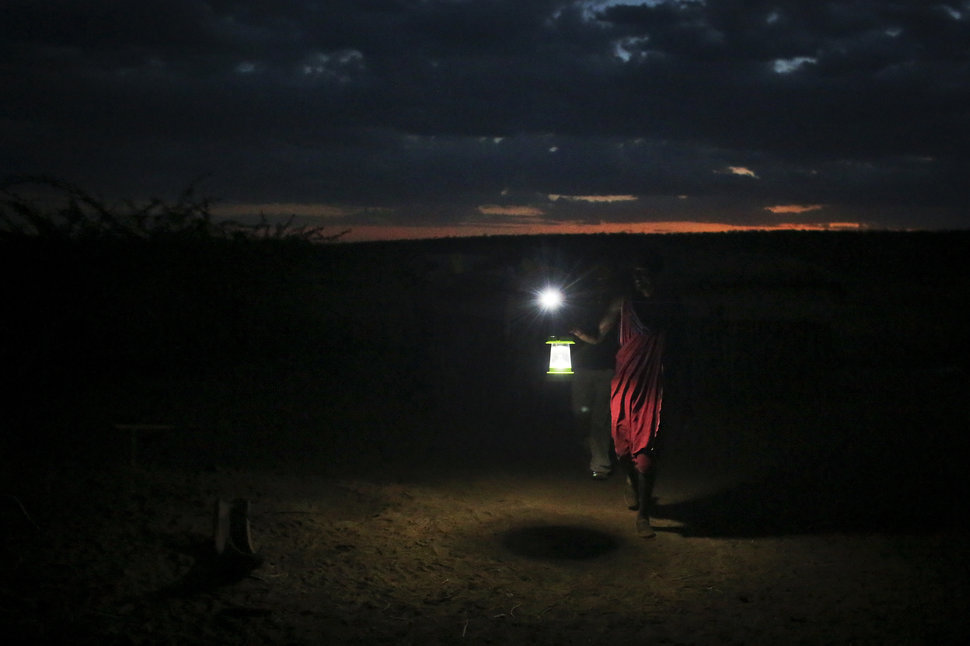
Kenya is one of the sub-Saharan Africa’s countries that still tread on huge clean energy deficits, most especially in rural. About 621 million people across the continent still lack access to electricity. However, for much energy from the beaming sun could be the easiest and most affordable way to curb the hex.
Mtutua’s homestead is a makeshift school after sunset. Children are noticed rushing to study and finish their school homework. They study under a solar powered light, conducive environment unlike before when they were breathing in fumes from smoky fire or paraffin lamps or lit firewood.

